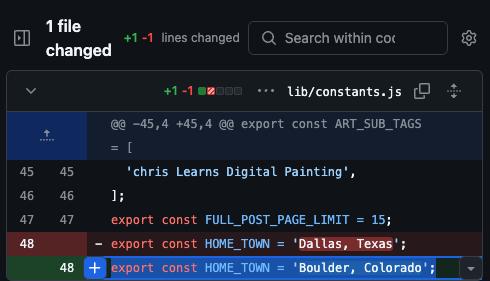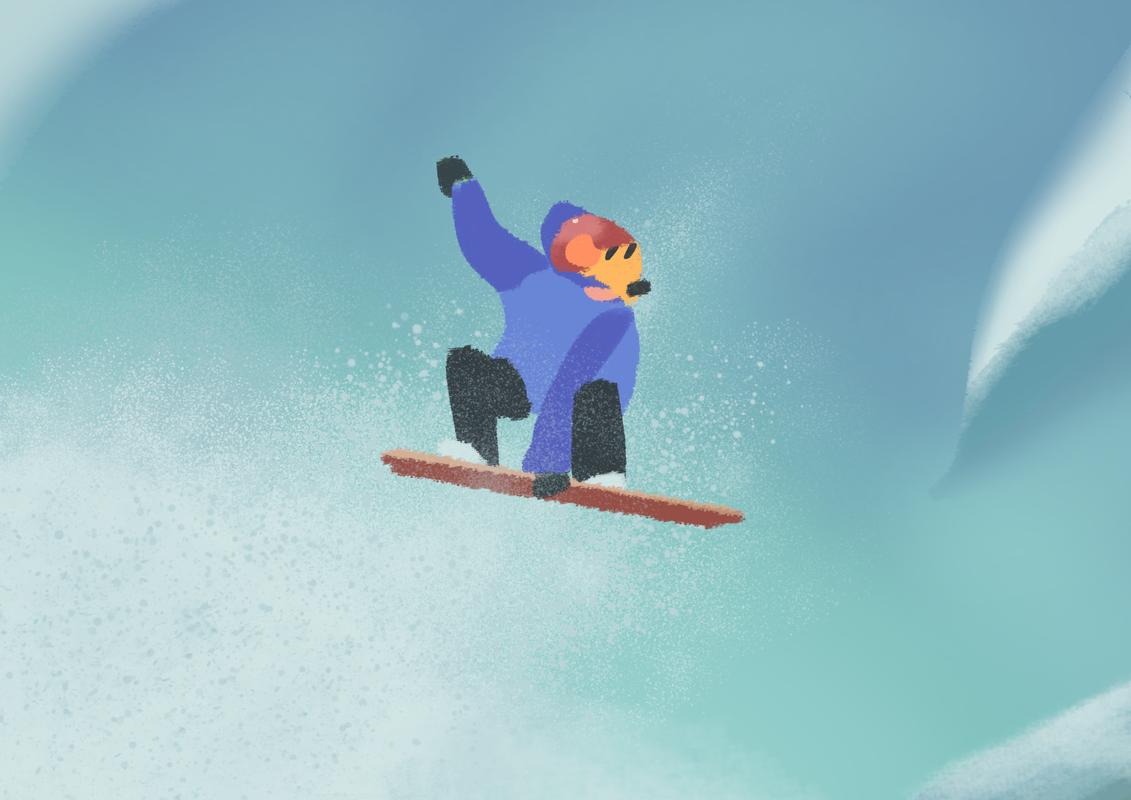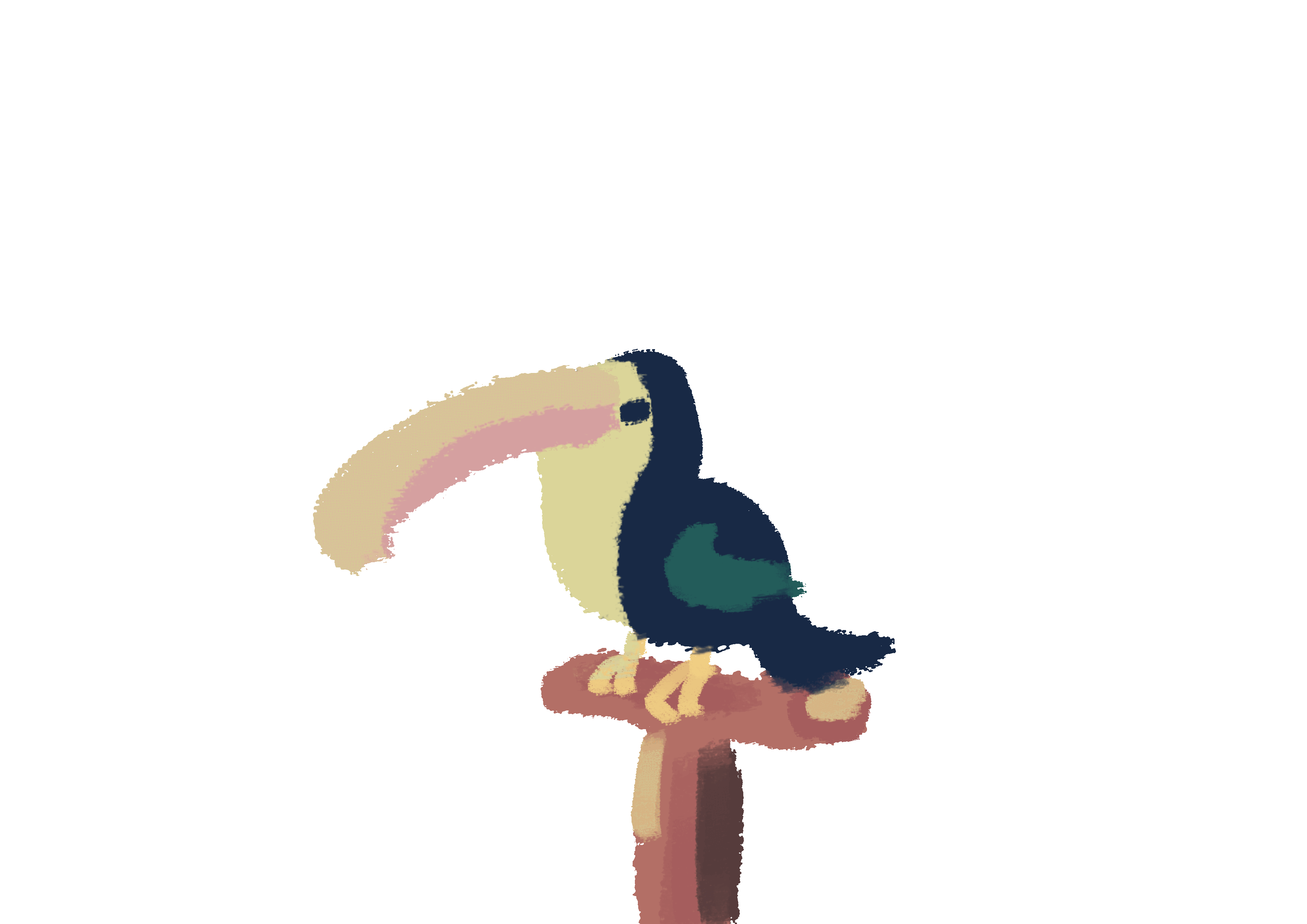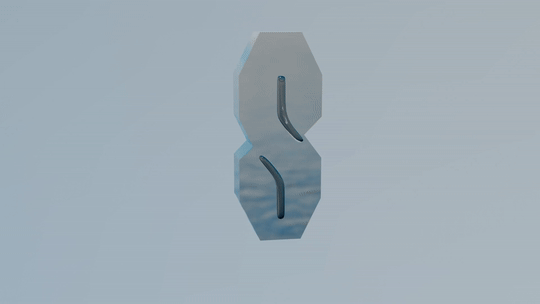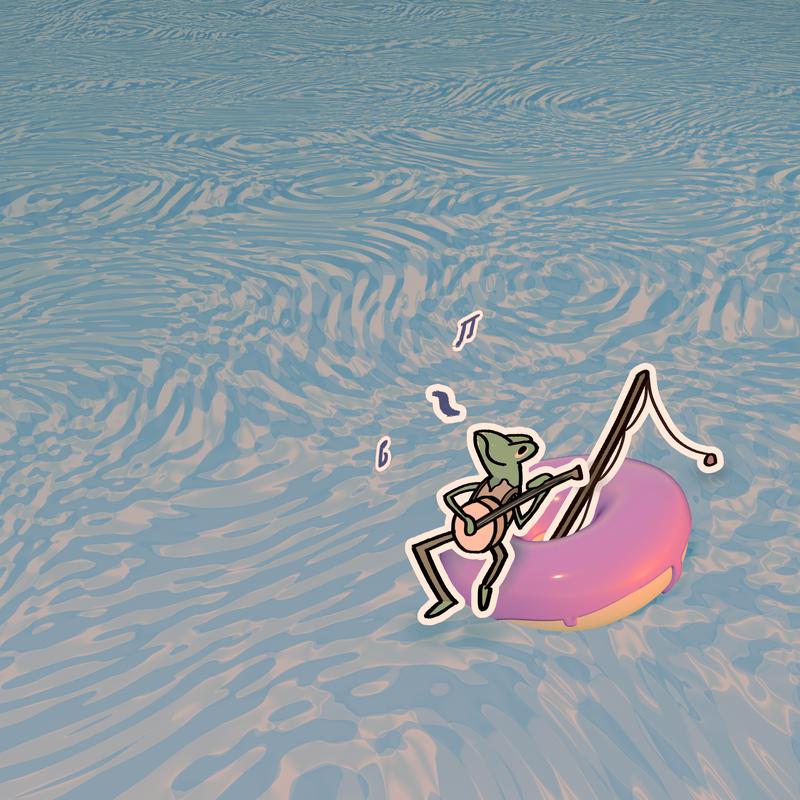Chris Padilla/Blog
My passion project! Posts spanning music, art, software, books, and more. Equal parts journal, sketchbook, mixtape, dev diary, and commonplace book.
Boulder, CO!
Gamelan Music in Super Mario 64
Super Mario 64 is a regular comfort game for me. On a recent playthrough, I noticed something new in the Haunted House Music. Take a listen from the time stamp I've set the video to start at:
Aside from the spook factor, you might hear the wild bell sounds going on in the background. To my kid-brain, this was just texture. To my Masters-in-Music-having-brain, though, I recognized this as Gamelan music!
If you're not familiar, the Bali Gamelan Sound is a great way to get introduced.
It's unlikely a coincidental choice on Koji Kondo's part. The desert music, for example, includes Indian sitar — a musical trope for hot levels. I'd suspect that perhaps it's a nod to specifically Balinese gamelan, which is used in certain rituals to ward off evil spirits.
The frantic nature of the xylophones is stylistically typical. Though, I like to think it's an emotional play on the fact that, well, this music doesn't seem to be doing any warding of spirits!
(Hey, perhaps it's not too late for a doctorate in Ethnomusicology!)
Melon & The Web Revival
Daniel Murray (aka Melon) has an inspiring post explaining in broad terms what the Web Revival is. Readers familiar with Digital Gardens and Indie Web will find resonance here, as well as shoutouts partway in!
The Web Revival is one name for a wider internet-based movement! The name itself is derived from the Folk Revival of the mid-20th century. The Folk Revival promoted a feeling of humanity, creativity and equality at a time of rapid mechanisation; whereas the Web Revival promotes these values in the face of the rapid digitisation that surrounds us today.:
I'm appreciative of the connection to Folk Revival! Folk music is a metaphor I've previously made to creating online. It seems to fit because it implies a couple of things: closely tied to culture, and organically being maintained by a community.
The answer to "What's in it for me? Why make a site?" is sublime:
That's a fair question, why should you invest your time and energy in the Web Revival? Maybe you relate to some of the ideals listed above, or maybe you're not sure; ideals are nice, but life is not about ideals. I challenge you; don’t think about the Web Revival as a resource for you to exploit; instead, it's an offer; to play, to explore the unknown, to do something just for fun; not for money, status, or because it's trendy.
Maybe you’ll get nothing out of it, but I think you will! Like many others, I think you’ll find peace, freedom and relief from stress in creating your own digital world and owning your own space. Play is not about passing time, it's about inventing and becoming who you are and who you wish to become. You deserve to experience a web where you are free to be who you wanna be and do what you wanna do; one where you decide how to spend your time, not an algorithm that exploits you for profit. The Web Revival can't fix everything wrong in the world, but we can make it better, one little homepage at a time.
Beautiful.
A great case for practicing any art, from drawing to knitting to site making. What's wonderful about web revival is integration. We live in a phenomenal time where creativity can be supercharged by the tech at our disposal. It's as much a shame to only fit that creative energy into the neat rectangular box of a commercial app as it would be to step away from creating online at all, throwing the baby out with the bath water. The spirit of the Web Revival and all similarly spirited movements is to take the best of what we have available to us and create something authentic from it.
SSX Lucy
American Football — Honestly?
"Honestly I can't remember all my teenage feelings..."
The angst continues!
Toucan
Plain Text Journal
I've always been a journaler, but I made the move to do part of it digitally after reading Derek Sivers' practice a few years ago.
If you dig in the coments, you'll see that Derek even uses the idea of linking, in a non technical way ("go see ThoughtsOn.txt for today"). Obsidian users with their backlinks may laugh, but part of the power is in how portable that statement is regardless of software
It's interesting to consider that the most impactful features of a computer are so basic. The ability to search a large volume of text quickly. To organize. And to store it all compactly. Everything else on top of that is sugar and risking tight-coupling to a vendor.
Burkeman on Hobbies
Oliver Burkeman in Four Thousand Weeks gave me a pick-me-up in my evening creative shenanigans the other day:
In an age of instrumentalization, the hobbyist is a subversive; he insists that some things are worth doing for themselves alone, despite offering no payoffs in terms of productivity or profit... It's fine, and perhaps preferable, to be mediocre at them... to pursue an activity in which you have no hope of becoming exceptional is to put aside, for a while, the anxious need to "use time well."
Play the countermelody. Do something for the whimsy of it!
North Central Texas Winds
On and off since moving back to Dallas, I've been playing with the North Central Texas Winds. Dallas is a wild place for concert bands: there are twenty-two listed community groups in the DFW area! A wild number, even for a large metroplex!
The group is pretty unique. Hosted by a community college, there are a handful of students. But the band is largely area music teachers, making for a very high level of musicianship for a community ensemble.
It's been a wonderful experience making music with these fine folks! I'll miss these fun Monday night rehearsals.
I'll share below a highlight from our last concert for the season: Alfred Reed's El Camino Real
Many thanks to our conductor, Thomas Singletary. A sincere artist, sensitive musician, and passionate bandleader!
For the Sake of Brevity Lick
Taking a swing at moody midwest emo with Tiny Moving Parts' song.
Cool S
In my fantasy 3D platformer, our main character would be running and jumping to collect all 100 Cool S's in each level.
The Haps - May 2025
Boulder, Colorado
My fiancée Miranda has accepted an associate's role in Boulder, and we're moving on out there!! It's my first time living outside of Texas ever! I'm thrilled for the new adventure. I can't wait to wake up to mountains every day.
Software
Still doing it, still working at AptAmigo, still loving it.
AI is a thing. I've appreciated having it as a resource. Meanwhile, like wine, I'm trying to be mindful not to overdo it.
Still dabbling in side projects in my free time. At this moment, I'm spending time with React Native. Mobile development has been fun to explore! Currently working on a toy app, soon to be revealed. Bird Box is now live!!
You can keep up with my tech articles through the tech tag on my blog. You can also find me on LinkedIn.
Music

Still jumping between playing guitar, piano, and writing my own music. I simply love how they talk to each other.
These days, I'm zero'd in on jazz transcriptions on piano and guitar. The harmony is so rich, I don't mind all that much practicing slowly. Even just two chords at a time.
As far as writing goes, I've been really nostalgic for tech-related music, and how technology can intersect with music. Amethyst linked above is a great example. Liquid Drum and Bass paired with early CG visuals are very evocative in my mind.
You can browse my mini albums here. You can keep up with my guitar and piano playing through the music tag on my blog. I'm also sharing recordings on Instagram.
Art
For the past couple of years, I've been pursuing a long-time dream of making art. This last year I focused on color and digital art. It's been a blast, and I'm amazed at how the horizon spans infinitely off in the distance. There's so much to explore here!
I've since dabbled some with Blender. CG is a wicked fun medium! Though I feel myself still fascinated by 2D styles.
We'll see where I go from here. Now that I've drilled some fundamentals, I'm trying to keep things open. Leading with curiosity here!
You can see what I've made so far through the Art tag on my blog. I'm also sharing drawings on Instagram.
Blogging
I do it when I can! All of the above makes it here, of course, though writing is a medium unto itself. I continually enjoy having a stage to openly reflect and share on. It keeps me honest. I like to think, perhaps, it's helpful to the stray lurker here and there.
In this climate, I can't help but think a fully-made-by-a-human-website is something worth cultivating. A flower poking out between the cracks of a sidewalk in a concrete jungle.
Thanks for stopping by!
👋
Two Chords
We move pretty quick at work. With code completion and fine-tuned IDE autocompletion, it's easy to really skate through writing software. I love it, it's a thrill to move so rapidly and to be firing on all cylinders.
At the end of the day, I need something to balance it out. A reflex-based video game is not much of a respite.
It's part of why I still play instruments. There's a great deal of repetition involved. Not only that, but it often takes zooming into fine details and spending time dialed in. A nice counter to the day after GitHub Copilot is encouraging me to let it handle the details.
Recently, I started learning a new tune on guitar. After smoothing out the easier sections, I dialed into two chords. G sus 2 and A sus 4. Back and forth, adjusting my hand position, listening to see if all strings rang out, coordinating my strumming. Back and forth. It's painful at first, shifting down to a lower gear. Eventually, though, it's soothing. Even at a fraction of the speed, the sound of these chords together is dazzling.
I wrapped up my practice session. My ears were now awake. A bird sang as it flew by the window. G sharp to A sharp, down to F sharp.
But Beautiful
Ness
Thinking about EarthBound. 👽
